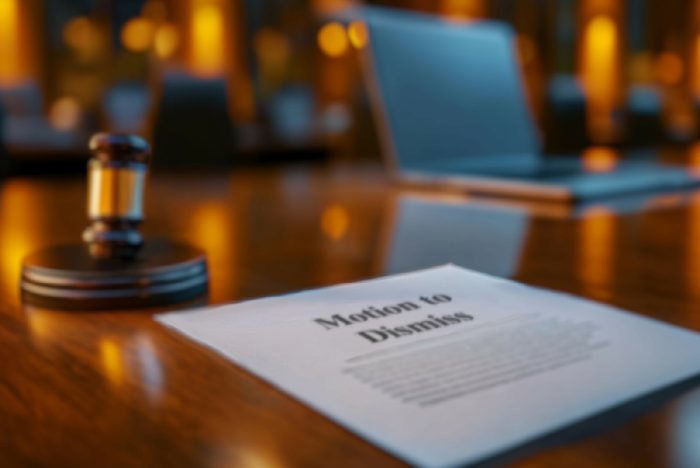
File Smart, Not Fast: Rethinking the Motion to Dismiss
There’s a tricky judgment call that can come in early litigation when you’re facing a complaint that arguably fails to satisfy the plausibility standard under Bell Atlantic Corp. v. Twombly, 550 U.S. 544, 555 (2007) and Ashcroft v. Iqbal, 556 U.S. 662, 678 (2009). The Supreme Court in those cases held that a complaint that doesn’t state enough facts to make the claim for relief plausible, disregarding any conclusory statements, fails to state a claim. The instinct, when faced with a complaint like this, often is to file a Rule 12(b)(6) motion to dismiss. But sometimes there’s a better way.
If you file a Rule 12(b)(6) motion before answering, the plaintiff can amend their complaint once as a matter of right. That gives them a free opportunity to shore up their allegations without needing leave of court.
Instead, consider this alternative: file an answer, let the 21-day window for amendment as of right expire, and then bring a Rule 12(c) motion for judgment on the pleadings. At that point, plaintiffs can still seek leave to amend under Rule 15, but the standard is somewhat higher. Not all plaintiffs will make that motion, and if they do, they may not succeed.
There is a trade-off, of course. Filing an answer typically triggers the case management process, which may result in a scheduling order and the opening of discovery. But in some courts, discovery won’t meaningfully begin until the motion is resolved. And if your Rule 12(c) motion is solid, you may get a favorable ruling before things move too far.
We recently employed this strategy in a case where we believed the complaint was vague, conclusory, and legally deficient under Twombly and Iqbal. We filed an answer, waited until the 21-day amendment period expired, and then moved for judgment on the pleadings. Rather than moving to amend, the plaintiff opposed the motion on the merits. Only in the final line of their opposition brief did they include a sentence requesting leave to amend if the court found the complaint lacking.
In our circuit, that kind of conditional, last-minute request doesn’t cut it. The law is that “throwaway” language in a response brief is not a proper Rule 15 motion to amend. The plaintiff must affirmatively seek leave and attach a proposed amended complaint. That didn’t happen in our case, and the court ruled in our favor.
It’s not right for every case, but when you’re confident that the complaint is weak, and the plaintiff is likely to use your 12(b)(6) motion as a chance to rework their claims, delaying your dispositive motion until after the amendment window closes can offer a real advantage. It puts pressure on the plaintiff to defend their original pleading and can position your case for early resolution or dismissal.
































